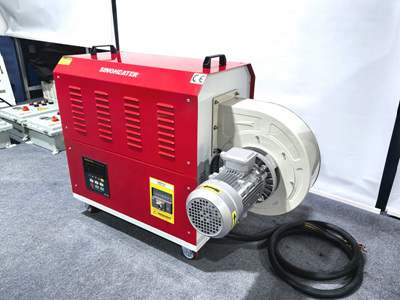When using a hot air blower to soften the plastic parts of toys for repair, attention should be paid to the operation methods and skills. The following are the specific steps and key points:
Equipment and temperature selection:
Use a hot air gun or a hot air blower with adjustable temperature, and select the appropriate temperature according to the plastic material. For common TPE or thermoplastics, it is recommended that the temperature range be between 150℃ and 200℃. Excessively high temperatures may cause plastics to melt or deform, while excessively low temperatures cannot effectively soften plastics.
Operation steps:
Fix the toy: Before operation, firmly fix the toy on the workbench to prevent it from moving during the heating process.
Local heating: Aim the nozzle of the hot air gun at the plastic part that needs to be softened, maintaining a distance of about 5 to 10 centimeters, and heat it with uniform hot air. For smaller damaged areas, it is recommended to use small air vents to concentrate heat.
Control the heating time: Adjust the heating time according to the thickness and size of the plastic components. Generally, the softening time for small areas should not exceed 8 seconds to prevent the surface from overheating while the interior remains unsoftened.
Post-softening treatment: When the plastic reaches a malleable state, quickly repair the softened area with tools (such as tweezers or small presses), such as pressing cracks or adjusting the shape.
Repair tips:
Bonding treatment: For the areas that need to be bonded, glue suitable for plastic can be used immediately after softening to enhance the repair effect. Make sure the glue is compatible with the plastic material and avoid using hardened glue that may affect flexibility.
Cooling and shaping: After the repair is completed, the plastic parts can be quickly shaped by cold air or natural cooling to maintain the shape after the repair.
Notes:
Material identification: Before operation, confirm the material type of the toy plastic (such as ABS, PP, TPE, etc.). The softening temperature and process requirements of different materials may vary.
Safety precautions: Wear heat-resistant gloves during operation to avoid scalding from high temperatures. Ensure that the operating environment is well-ventilated and kept away from flammable items.
Gradual trial: For unfamiliar materials or complex structures, it is recommended to conduct a small-scale test in an inconspicuous position first, and adjust the temperature and time parameters to achieve the best results.
Alternative solution:
Hot water softening method: For some thermoplastics, the damaged area can be immersed in hot water (about 60-80℃) for softening. This method is suitable for large-area or simple-structured components.
Professional tools: For the restoration of precise toys, it is advisable to consider using professional plastic welding equipment to provide more accurate temperature control and restoration effects.



